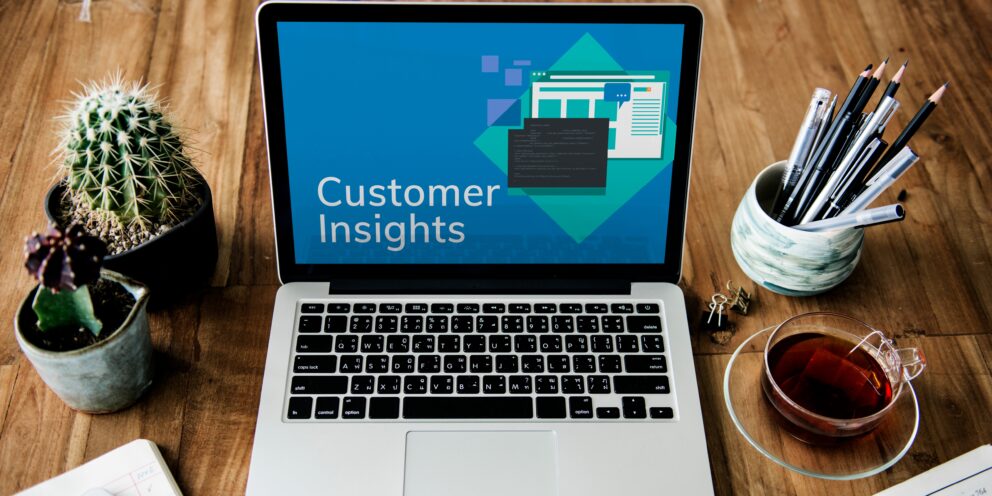What is CLG and Why Does it Matter?

Summary
You're in the right place if you're interested to learn about what CLG (customer-led growth) means and why it's important. In this post we'll cover the benefits of CLG, the components and a few examples of how to implement CLG strategies. Happy customers equals growth!
By Brenna Lofquist, Client Services Operations Manager at Heinz Marketing
Here we go, another marketing acronym to add to your collection! We marketers love our acronyms but what industry or business doesn’t have them, right? We’re going back to basics with this post to define CLG (customer-led growth) and discuss why it’s important. Let’s get into it.
What is CLG?
Customer-led growth is a strategy driven primarily by a company’s customer experiences, feedback, and advocacy. This approach emphasizes placing customers at the center of business operations and decision-making processes.
Examples of CLG strategies include customer referral programs, customer surveys and feedback, and customer content marketing.
Benefits of CLG – Why it’s important
Before we get into the components of CLG we should understand why it’s important. It should go without saying but the happier your customers, the better off your business will be.
Companies adopting a CLG growth strategy aim to create a virtuous cycle where happy customers lead to more referrals, higher retention rates, and ultimately, sustainable growth.
Customer advocacy is key for any business because when customers feel like they matter and are totally satisfied, they can become your secret weapon. They will share positive experiences with their communities which is free marketing for you.
In addition, you’ll be able to:
- Retain existing customers for longer
- Drive strategic decisions directly from customer insights
- Gain a competitive advantage
- Build long-term, meaningful relationships
To dive deeper into the benefits of CLG check out this post by my colleague.
Components of CLG
Now let’s get into the components of CLG to give you an idea of how you can implement these strategies for growth.
Customer Feedback and Insights
Actively gather and utilize customer feedback to inform product development, marketing strategies, and customer service improvements. This can be done through surveys, interviews, reviews, and analytics.
A great example is to build a Customer Advisory Board, where a group of customers come together on a regular basis to share insights and feedback with your organization. You’ll not only gain valuable insights from your customers, but you’ll have the ability to get more of your people in front of customers.
Customer Experience (CX)
Prioritize and optimize the overall customer experience to ensure satisfaction and loyalty. If you haven’t already, define your customer experience process that includes all interactions a customer has with your company from initial contact to post-purchase support.
Each of these touchpoints should be carefully thought out to ensure the best possible experience for your customers. Not only that but these are all opportunities to engage with clients to gather insights and feedback.
Customer Advocacy
Encourage and leverage word-of-mouth from satisfied customers. These customers will promote your brand to others to drive organic growth and attract new customers.
Customer advocacy can be a referral program where you incentivize customers to share your company/services.
Community Building
Create a community whether on Slack or another platform and invite your customers. Nurture a community around brand awareness where customers engage with each other and your company. This fosters loyalty and provides valuable insights into customer needs and preferences.
You should have multiple roles from your company in the community so they can answer customer questions and ask for feedback.
Personalization
Tailor products, services, and marketing efforts to meet the individual needs and preferences of customers. If you are taking the time to gather customer insights, you better be using it. This will increase customer satisfaction and retention.
If you don’t use the valuable information provided by your customers, they could become unhappy and not see the value.
Customer-Centric Culture
Build a company culture that prioritizes the customer in every department and at every level of the organization. If only one department is prioritizing customers, your efforts will fall flat.
Train your employees to be customer-focused and align business goals with customer needs.
Long-Term Relationships
Focus on building long-term relationships with customers rather than just seeking short-term sales. This is where the customer experience comes into play and why it’s so important to not only define it but to ensure everyone in the org is on the same page when it comes to your customers.
This approach values customer retention and lifetime value over immediate profits. Quality over quantity!
CLG Strategy Examples
CLG can take many forms so it will take time to figure out what works best for your organization. Thankfully there is a plethora of information out there so you’re left with no shortage of options.
Customer Success Programs
Customer success programs/team is a great example. A dedicated customer success team works closely with customers to ensure they are getting the most value from the product or service. This team provides personalized onboarding, training, and ongoing support.
The key with customer success programs (in my opinion) is ongoing support. Often times companies go dark with customers which is a big missed opportunity. Create an ongoing cadence with your customers so they don’t become dissatisfied and churn out.
Community Building
A great example is Salesforce’s Trailblazer Community, which I’m sure everyone is familiar with. Users can connect with each other, share best practices, and help each other solve problems.
Continuous Improvement Based on Feedback
Slack does a phenomenal job by continuously collecting feedback from its users. They are able to identify pain points and areas for improvement to prioritize updates, ensuring their product evolves in line with customer needs.
In summary
Take your time with CLG. While important for the growth of your business it’s also important to get it right and do it well. Define your customer experience first and foremost then figure out how to optimize each point of the customer journey.
Interested in discussing how to implement CLG strategies? Reach out for a free consultation with one of our experts.







